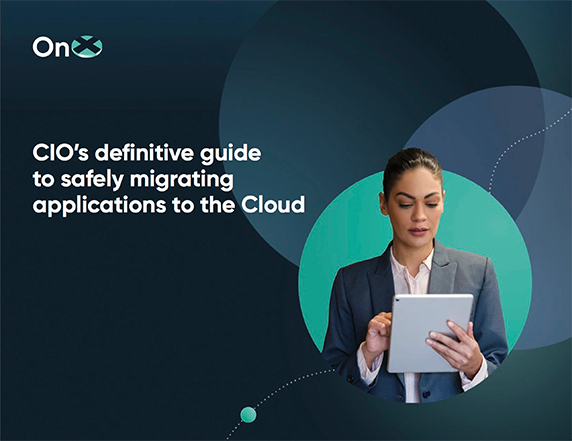
There is nothing like a crisis, such as the one the world is experiencing now, to demonstrate the importance of safe, reliable communications. For the enterprise, cloud networking is proving to be invaluable at a time when traffic loads and the number of endpoints is exploding due to teleworking and mobile communications.
It wasn’t always this way, of course. Years ago, networking was comparatively simple. Users mostly connected at fixed locations and the data flows were fairly predictable, although not always easily managed. In this day and age, however, organizations are switching to virtualized networks that promise to improve connectivity, reliability and a host of other aspects to accommodate users who are quickly adopting new ways to interact with data, some of which is stored half a world away.
In this light, organizations must consider turning to cloud networking to provide the required scale and flexibility to meet these user demands at a manageable price point. But converting from traditional networking to virtualized networks in the cloud is not without its challenges.
For one thing, the cloud is not just a new form of networking but an entire reconfiguration of the way the enterprise fosters the connection between people, data, and applications. As 5G and other services come online, we can expect users to tap into entirely new classes of services, many of which will operate behind the scenes on newly intelligent devices and applications. The “network,” then, becomes an actual network in the truest sense of the word because instead of a series of straight-line connections between points, the cloud fosters a wide area fabric that will largely manage itself in terms of traffic loads, resource consumption, and basic connectivity. Still, it won’t be easy getting from where we are today to this state of networking nirvana. For one thing, network professionals will have to become adept at managing not just the cloud, but many clouds. Each cloud provider will likely sport its own unique network architecture, encompassing multiple protocols, management systems, and services. And none of this will be controlled directly by the enterprise that is ultimately responsible for providing reliable service to the user.
The new world
We are currently witnessing the demand for reliable connectivity spike from the legions of employees working from home. To a generation that has grown accustomed to near-instant access to a wide range of applications and services on their mobile phones, difficulty connecting to the office and their teams is not likely to be tolerated.
Therefore, it is incumbent on network teams to stop thinking of themselves as the gatekeeper to enterprise data and applications and start thinking like partners in the drive to improve service performance. The world in which available bandwidth dictated who got what and how much is quickly giving way to a world in which users lay out their requirements and networking is tasked with providing it, at scale and on time.
A helping hand
It is one thing to change to a new technology, but quite another to undo decades’ worth of entrenched mindsets. This is why an experienced partner like OnX is vital to navigate these tricky waters. Not only can we manage the technology transition to new vendor platforms and services, we also provide the guidance and training needed to thrive under the new paradigm. At the same time, we can compile the top solutions in creative ways to deliver uniquely crafted solutions that address specific operational needs and business model requirements.
As we have seen too often in the past, organizations that lack a coherent infrastructure strategy fall prey to disparate OEMs that address niche problems with niche solutions while paying little to no heed to the bigger picture. Our team of professional experts maintains strong working relationships with a wide variety of vendors in order to create custom environments that solve real world needs.
The OnX Advantage
As well, we stay on top of all significant developments across a wide range of technology disciplines, including design, standards, and the latest tools emerging from the lab. Our intent is to provide solutions for today’s challenges while laying the groundwork that allows organizations to easily adapt to the challenges of tomorrow. We pride ourselves on our ability to establish deep working relationships with our clients so that we fully understand their requirements and how they can be addressed most effectively through technology, training, processes and outlook—all of which will be crucial as the business world opens up to the world of 5G and the Internet of Things.
By simply upgrading to a Software-Defined Wide Area Network (SD-WAN), the enterprise can free itself from the costly and inflexible offerings found on carrier networks to a more flexible dynamic that allows network resources to be consumed as services. This allows for a high degree of customization for specific workloads and enables organizations to build their own wide area network topologies instead of force-fitting their requirements into the provider’s generic infrastructure.
In the networking industry, the future will not belong to those who can deliver bandwidth or throughput or implement the most advanced technologies. Rather, the prize goes to whomever provides the most satisfying experience. Now that data is king, and virtually everybody has access to the most advanced resources at unlimited scale, successful outcomes will be based on things like user satisfaction and customer retention. Networking’s role in all of this is to keep the bits flowing, which is far easier to do with a modern, dynamic infrastructure than the static, single-vendor constructs of the past.
An experienced guide like OnX can ensure you make this transition quickly, effectively, and on budget. For more information, contact an OnX representative today.
















